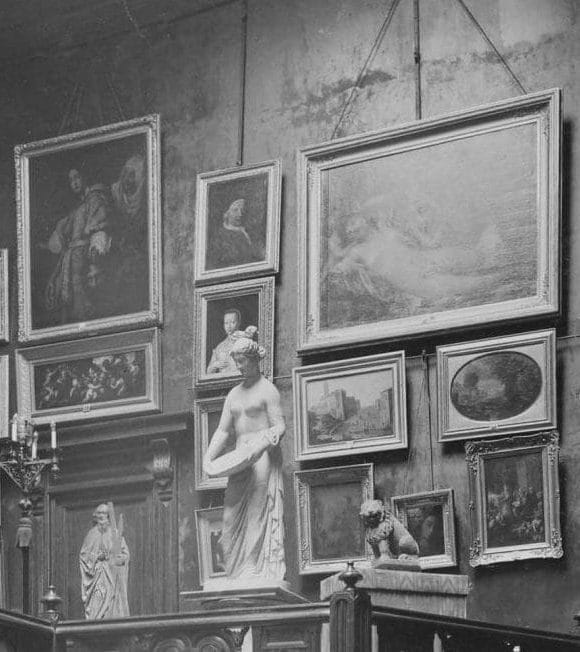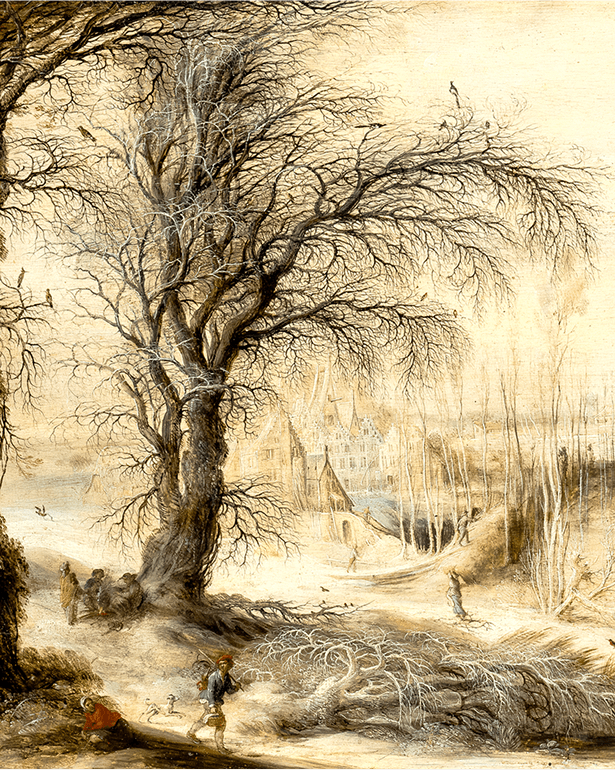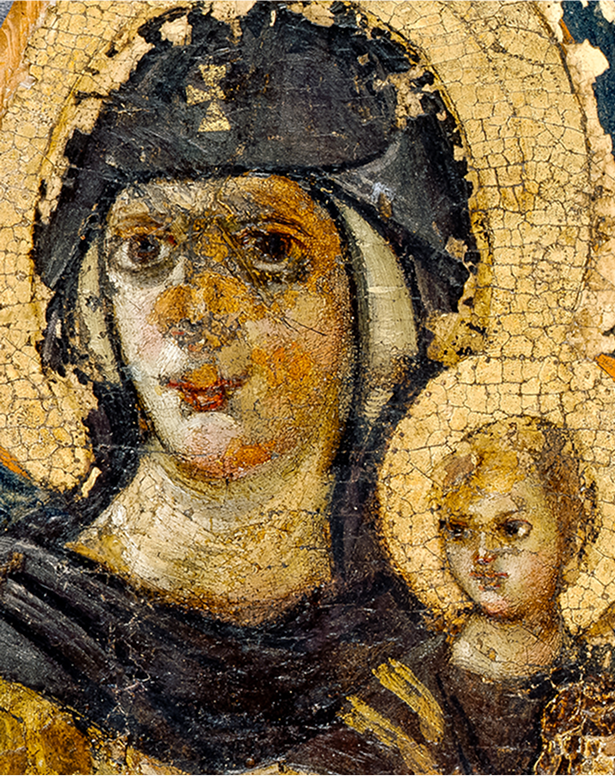History of the collection

The museum’s collection is based on the private collection of Bohdan and Varvara Khanenko, prominent Ukrainian collectors and philanthropists. The Khanenkos devoted more than 40 years to creating their collection. Vienna, Berlin, Paris, Madrid, St. Petersburg, Warsaw, Rome, Florence, even Harbin and, probably, Cairo — this is far from a complete list of the couple’s search travels and correspondence with leading world art experts and auction houses. At the beginning of the 20th century, the Khanenko family’s collection was considered one of the finest private collections of art and antiquities in the empire at that time.

The breadth of the Khanenko family’s collecting interests is impressive. European painting, sculpture and applied art from the heyday of national schools, rare examples of fine art and traditional crafts from Western, Southern and Eastern Asia, art of the Ancient World: Egypt, Greece and Rome, Russian and Ukrainian icons, Ukrainian folk art, European and Asian weapons, unique monuments and entire archaeological complexes, etc.
During the 1900s, the Khanenko family donated several thousand items from their own collection to the first public museum in Kyiv. Today, these works are part of the collections of five national museums in Kyiv. The Khanenko family published parts of their collection in catalogues from 1899 to 1907: ‘B.I. and V.N. Khanenko. Collection of paintings from Italian, Spanish, Flemish and other schools’, ‘Russian Antiquities. Crosses and Icons,’ ‘Antiquities of the Dnipro Region,” issues 1-6. Bohgan Khanenko’s memoirs, published by the museum in 2008, provide invaluable historical account of the formation of the collection of European paintings.

After Bohdan Khanenko’s death, at the end of 1917, Varvara Khanenko transported several dozen more of the most valuable European and Asian works from their Petrograd apartment to Kyiv. An inventory of the collection during the museumification process in the spring of 1919 gives the following data: 1,259 works. However, this was not the final size of the Khanenko collection. In 1921, museum director Mykola Makarenko returned more than a hundred works from Russia to Kyiv, which the Khanenkos had given to the Historical Museum for safekeeping in 1915. At the same time, in the early 1920s, works of art from other nationalised noble collections arrived at the newly established museum: those of the Repnins, Branytskys, Gudym-Levkovychs, and Sakhnovskys. In 1921, the museum’s Asian collection was expanded with a large (several hundred items) collection of archaeological ceramics from Central Asia from the 9th to 12th centuries (the collection of Mykhailo Stoliarov and others). In 1925, according to the will of St. Petersburg collector Vasyl Shchavinskyi, the museum received a unique collection of works by masters of Northern European schools.

In Varvara Khanenko’s deed of gift (1918), in which the collector transferred her priceless collection to the All-Ukrainian Academy of Sciences in 1918, one of the conditions of the gift was that the collection should remain ‘indivisible’. However, history decided otherwise. The Ukrainian Soviet cultural elite of the 1920s put forward the idea of a single museum fund and the redistribution of museum collections ‘by profile.’ As a result, during the 1920s and 1930s, a large part of the Khanenko collection was transferred from the museum’s collection to the holdings of other Kyiv museums. Family portraits, Ukrainian and Russian icons, paintings, graphics, sculptures, furniture, decorative and applied arts, folk art, various collections of archaeological artefacts (from the ‘migration period’, Byzantium, Rus), and an entire collection of weapons and armour. The former encyclopaedic Khanenko Museum acquired a much narrower profile: a museum of ‘Western and Eastern art’. In 1929-1930, during the Soviet campaign to sell museum valuables abroad, several of the most valuable works of European and Asian art were removed from the museum. However, not everything that was removed was sold. For example, the unique Khanenko bronze water jug, created in Iran in 1206, ended up in the collections of the State Hermitage Museum. In 1935, a rare Persian silver ‘goat bowl’ from the Sassanid era (7th century), which belonged to the Khanenkos, did not return to Kyiv from an exhibition at the Hermitage.

In addition to losses, there were also acquisitions. In the second half of the 1930s, the Museum Town on the territory of the Kyiv-Pechersk Lavra transferred valuable collections of religious art to the museum. In 1936, it received a collection of religious art from Central Asia and the Far East. In 1940, it received masterpieces of world significance: four ancient Byzantine encaustic icons from the 6th and 7th centuries.
In the summer of 1941, with the outbreak of World War II in Ukraine, the most valuable part of the museum’s collection was evacuated to Ufa (Bashkortostan). From what remained in Kyiv, the Nazis selected the most valuable works, which they took out of Ukraine during their retreat in 1943. Today, the museum is making efforts to find and return the stolen valuables.

In the post-war period, the museum’s collection was enriched with several valuable acquisitions. In the 1950s, Taisia Zhaspar donated and sold more than 350 works of classical Chinese painting, sculpture and applied art to the museum. In 1969, the museum purchased 41 works of Buddhist religious art from the collection of Moscow collector Valerian Velichko. Throughout the 1970s, the museum systematically built up a collection of Japanese netsuke sculptures (about 70 items). Valuable additions to the museum’s Asian collection were gifts in the 1990s and 2000s from patrons Halyna Shcherbak, Vasyl Novytskyi, and Oleksandr Feldman.